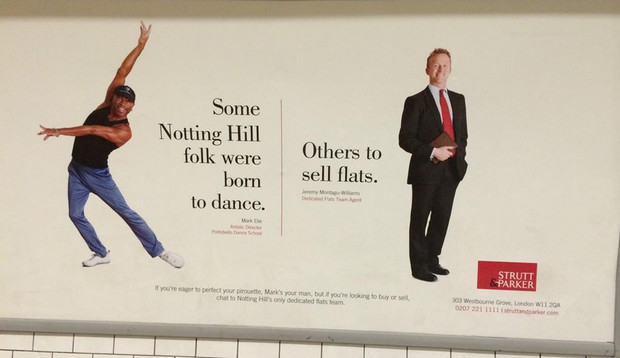Can Commercials and Ads Be Racist?
Several commercials and ads have been accused of being racially insensitive. Whether intentional or not, these television commercials and ads have used some questionable images in which the advertisers failed to recognize the negative racial undertones.
A century ago, such ads were common. An old cream-of-wheat ad made in 1921 showed a black male holding 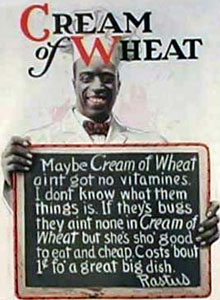 up a sign explaining how good Cream of Wheat is. When read, it makes it sound like African-Americans cannot write a correct sentence.
up a sign explaining how good Cream of Wheat is. When read, it makes it sound like African-Americans cannot write a correct sentence.
For such an ad to be released during that time period is more understandable, however, it has been nearly a century since then.
Yet, Dove has had a couple of questionable ads that generated tensions. One ad included an African-American young woman smiling in a picture while wearing a brown shirt, representing her being dirty. In the next picture, she is shown taking the shirt off, with what looks like a white shirt underneath it. Next, a smiling young Caucasian woman is shown with a white shirt on, supposedly representing being clean. She, then, takes her shirt off to reveal a Hispanic woman wearing a shirt that also matches her skin color.
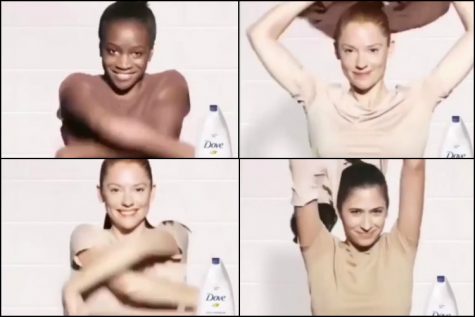
Another Dove ad showed three women standing with smiling faces while wearing towels, as if they had just gotten out of the shower. Behind them were two brown blocks that said “Before” and “After.” The African-American woman stood underneath the “Before,” and in the middle was a woman with a lighter skin tone. Under “After” stood a Caucasian woman. The implication, intentional or not, is that lighter skin is an improvement.
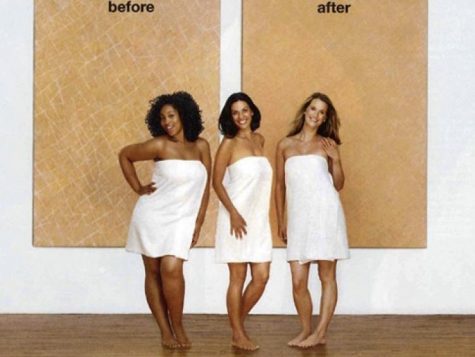
Most recently, H&M released a sweatshirt for children that read, “Coolest Monkey In The Jungle.” The model was a young black child, which possibly reinforced the derogatory comparison of black individuals to monkeys. Soon after the product was posted on the website, it was taken down due to backlash. They issued an apology: “We sincerely apologize for this image. It has been removed from all online channels and the product will not be for sale in the United States. We believe in diversity and inclusion in all that we do.”
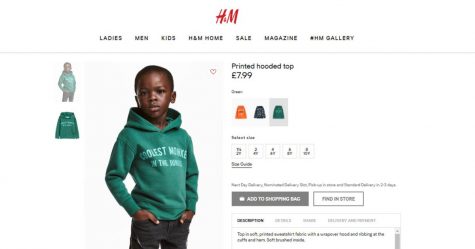
Two years ago, a Chinese commercial released a commercial showing a black male walking into a laundry room with white paint splattered on his face. He moved towards the Chinese female and was leaning in for a kiss when she thrust a pod into his mouth and stuffed him into a washing machine. He came out as a Chinese male, and she accepted his romantic gestures. This was not the first time that China had been accused for racial insensitivity.
Also, while Gap was advertising their new athletic line for girls, they used a photo of four girls, intending for it to be powerful. The only black girl in the picture, however, was essentially used as an armrest for the taller girl, while the other girls strike powerful poses.
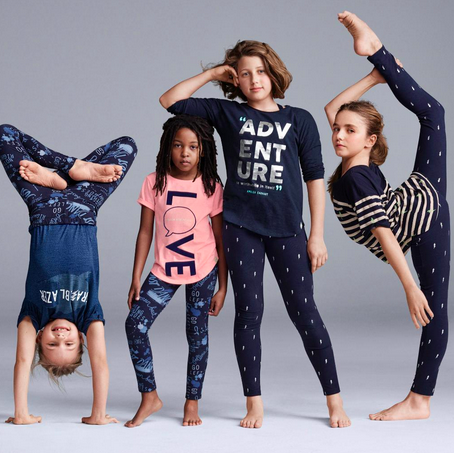
Additionally, almost 11 years ago, a portable PlayStation (PSP) ad came out, advertising a new white PSP. It displayed a white woman angrily grabbing a black individual’s face, while the black person looks scared.
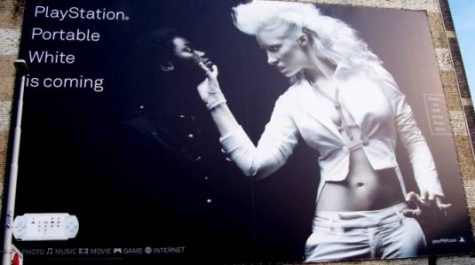
In most of these ads, simple things could be changed to make them racially appropriate. While the racially inappropriate ads released a century ago could be ignored or explained away, modern advertisers should be more alert to the messages their ads are conveying. As producer Yaba Blay tweeted following the H&M incident, while it is good that companies are trying to “diversify their imagery and include Black people,” they “don’t know enough about the history of racism and representation to do it properly and/or well.” Advertisers for products as well as models or actors that sign up for commercials should more carefully consider how their advertisements will be perceived.


